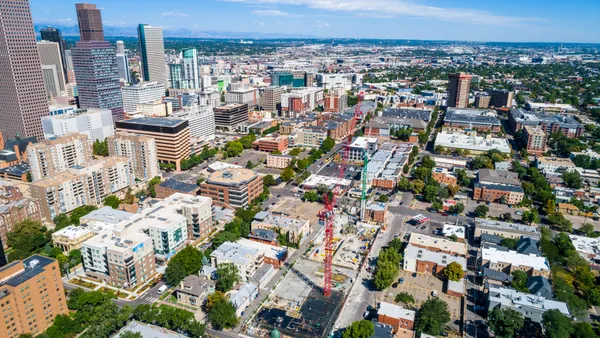Dive Brief:
- With 67% of households lacking connected broadband internet, Brownsville, TX topped a list by the National Digital Inclusion Alliance (NDIA) of least connected U.S. cities. Detroit (56.7%) and Hilaeah, FL (56.2%) rounded out the top three.
- The report used data from the 2016 American Community Survey and represents households that are connected to fixed broadband, not the availability of internet service. The data does not include 3G or 4G mobile services, or non-broadband connections.
- The list of "worst connected cities" has a mix of rural and urban sites, with Shreveport, LA; Memphis, TN; Cleveland and Laredo, TX next on the list. The median percentage of households without fixed broadband was 30.8%.
Dive Insight:
Broadband availability has been a major part of infrastructure discussions in Washington, but those have largely focused on rural areas. In a letter sent last month to the Federal Communications Commission (FCC), a bipartisan group of 63 US senators called for long-term funding for investments in rural broadband, and President Trump’s infrastructure proposal earlier this year called for $50 billion for rural infrastructure, including broadband.
But NDIA’s analysis shows that internet availability is not exclusively a rural issue, with major cities like Detroit, Cleveland and Miami all in the top 10 of least connected households. It’s possible that people in those cities rely on mobile internet, which is not capture in the NDIA data, although the group notes that "strict data caps ... make mobile much less useful for general household Internet access.”
A lack of internet means less access to information, job opportunities and educational resources at home, and can overburden public resources like libraries that offer broadband.
The federal efforts on broadband availability are likely stalled in this election year amid funding difficulties, and private companies have been reluctant to make the heavy investments in rural communities. Cities have tried to bridge the gap; Detroit recently completed its two-year Equitable Internet Initiative to increase access in underserved neighborhoods. Fully conquering the digital divide in cities will require not just heavy investment, but a reckoning with policies that have kept some neighborhoods underserved in housing and public resources.











